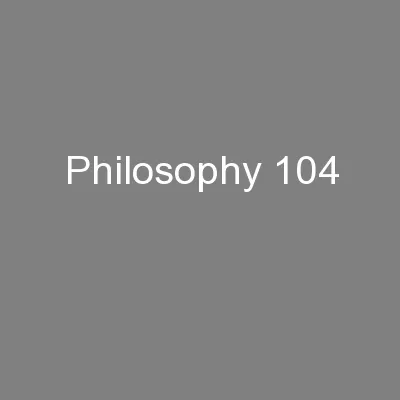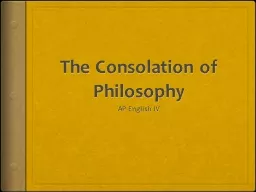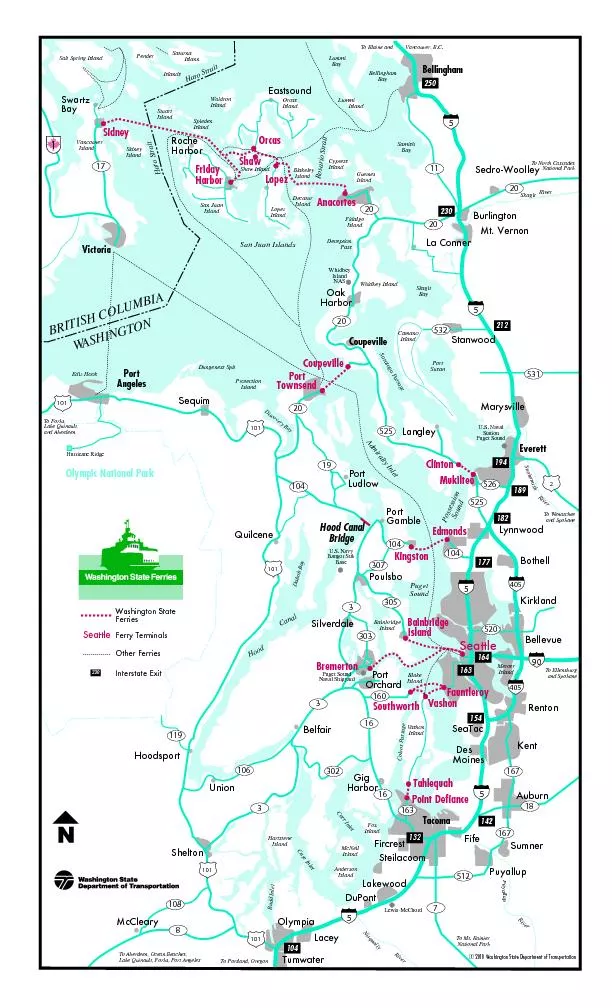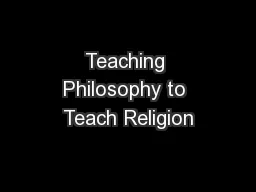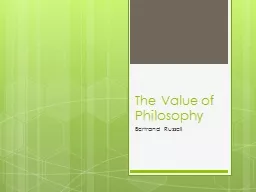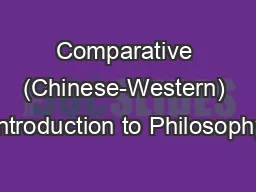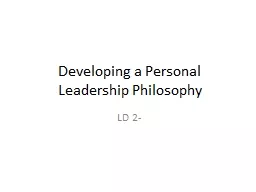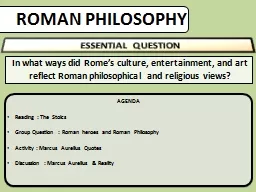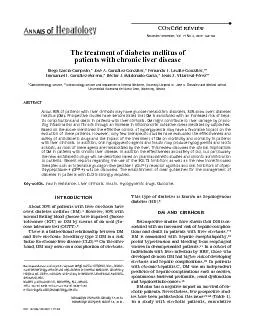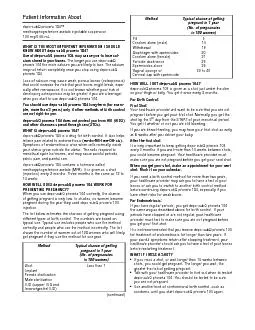PPT-Philosophy 104
Author : karlyn-bohler | Published Date : 2016-06-19
Polls 82 Notes What went wrong The 1948 Polls Flaws in the Polls The use of quota sampling rather than probability sampling had allowed interviewers to select somewhat
Presentation Embed Code
Download Presentation
Download Presentation The PPT/PDF document "Philosophy 104" is the property of its rightful owner. Permission is granted to download and print the materials on this website for personal, non-commercial use only, and to display it on your personal computer provided you do not modify the materials and that you retain all copyright notices contained in the materials. By downloading content from our website, you accept the terms of this agreement.
Philosophy 104: Transcript
Download Rules Of Document
"Philosophy 104"The content belongs to its owner. You may download and print it for personal use, without modification, and keep all copyright notices. By downloading, you agree to these terms.
Related Documents

